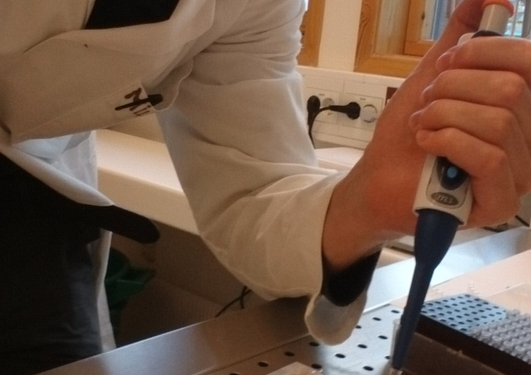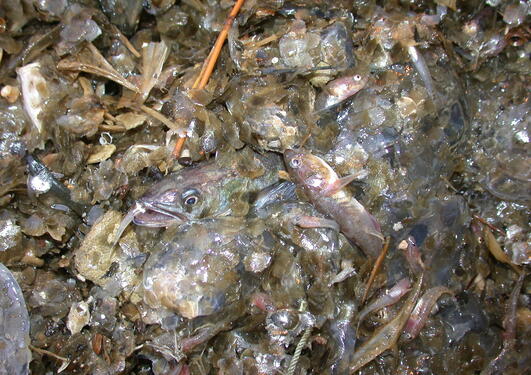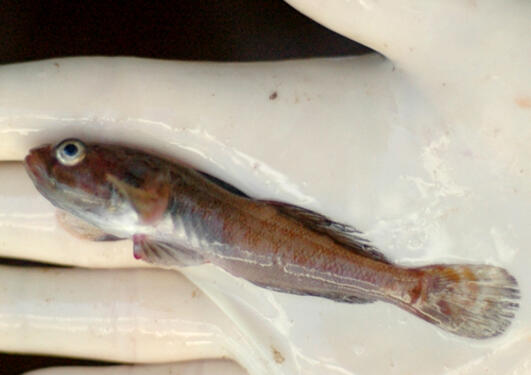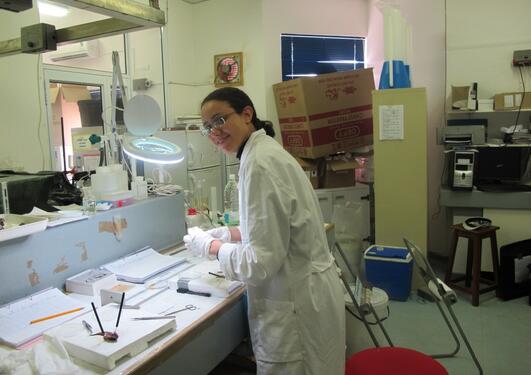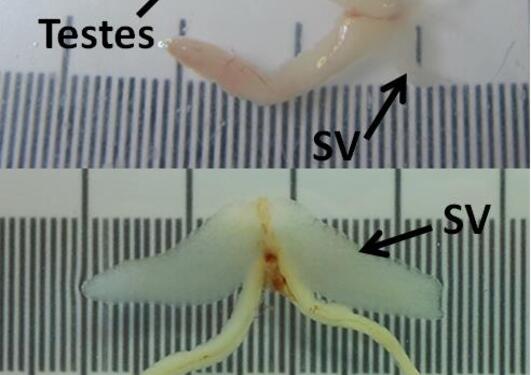Ecology and evolution in the Benguela system
Benguela system is an extraordinary environment, with high productivity and large hypoxic areas. This environment hosts an extraordinary inhabitant, the African bearded goby, with many exciting adaptations.

Hovedinnhold
Since 2003 we have been engaged in a study of the African bearded goby, Sufflogobius bibarbatus. The project is based on research collaboration with Prof Mark Gibbons, University of Western Cape, South-Africa and Senior scientist Bronwen Currie, Namibian Institute of Marine Research, and has been supported by a South African and Norwegian collaborating research program.
This research has grown in to a multidisciplinary project where we have studied the biology and ecological importance of S. bibarbatus. In our curiosity to find out the ecological role of this unusual fish in the Benguela upwelling ecosystem, our research has crossed disciplinary borders and we have collaborated with many expert partners (Prof Stein Kaartvedt, KAUST, acoustic expert; Prof Göran Nilsson, UiO, expert on fish’s tolerance of hypoxia; Prof Mathieu Rouault, expert climatologist UCT; Senior Scientist Svein Sundby; expert oceanographer IMR).
The bearded goby is only found on the hypoxic coastal shelf outside Namibia and South-Africa. Since the collapse of the sardine fisheries, this goby species has become a new predominant prey species for larger fish, birds and mammals in the region.

